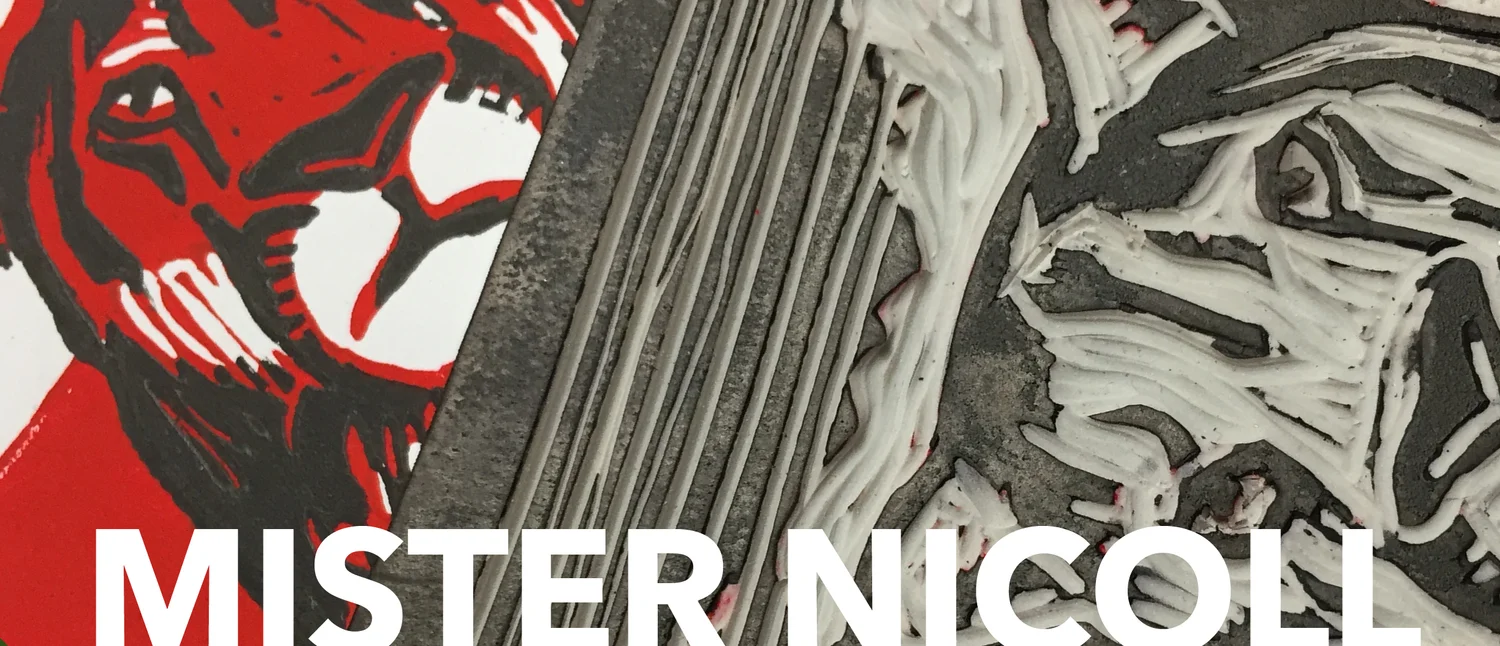Cubist Still life
DAY 1
Prepare (10 minutes)
Cubism was the first abstract art movement. It was begun by the artists Pablo Picasso and Georges Braque, who developed a new way of making art. Some believe these artists were inspired by the inventions of moving pictures. It is clear that these artists were willing to experiment with materials and techniques that had not been used for art making.
Watch the following videos on Cubism,
Answer the following questions in your sketchbook,
What did Cubist artists do that made their work look so different?
How do you think technology influenced the work of Cubist artists?
Practice (20 minutes)
A still life is a collection of inanimate objects that has become a traditional subject of art. Bowls of fruit have become commonly associated with the still life but any collection of items can be combined to create a still life. The Cubist artists often included instruments in their drawings and paintings.
Arrange a still life using objects at home. Realize that you will be drawing this still life. Challenge yourself by combining objects that you would not normally see together in one place.
Apply (20 minutes)
Using your still life, practice drawing the outlines of the objects you see in your sketchbook using a pencil. Do not shade. Try to fill the page. It is okay if some objects appear to go outside the edges of your paper. Remember, you are only drawing outlines.
DAY 2
Prepare (10 minutes)
One characteristic of Cubist art is flatness. Cubist artists did not feel that creating lifelike images of the objects they drew and painted was important in their work. Instead, they chose to experiment with relationships between shapes and forms.
Watch the following video about Cubism,
What traditional methods of creating depth did the Cubist artists change or discard?
What remained that added some depth in the Cubist paintings?
Practice (20 minutes)
Take the drawing you made on day 1. Imagine that you cut and lifted some of the shapes, like you were peeking under them. Draw the shadows you imagine you would see just under the cut shapes. Shade along the edges of your shapes using your pencil even though the shapes may overlap.
Has your drawing become deeper than before you added the shadows?
Does erasing the shadows make the space more shallow or deeper?
Apply (20 minutes)
Look at the same collection of objects. This time draw incomplete outlines of the objects. Add shadows like before around the incomplete edges.
Can you still recognize the objects?
Have you developed new and interesting shapes that do not resemble the objects in front of you?
DAY 3
Prepare (10 minutes)
Read about Georges Braque’s drawing “Fruit Dish and Glass” on the Metropolitan Museum of Art’s website and answer the questions below.
Fruit Dish and Glass (link)
What effect did gluing the wallpaper have on the depth of the drawing?
Apply (30 minutes)
Papier colle, gluing paper to the surface of the drawing, was a revolutionary idea that Braque developed. Picasso quickly adopted the same idea in his work. In most cases gluing a piece of paper added to the flatness of the space in the drawing.
Practice (20 minutes)
Find a piece of printed paper with words (newspaper, mail, brochure, etc.) Cut three random shapes out of the original pieces of paper. Glue them to a sketchbook page. The pieces may overlap. The pieces should not fill the entire space of the page.
NO GLUE?
Use one of these easy recipes using basic items from the kitchen.
https://www.thoughtco.com/homemade-glue-recipes-607826
Apply (20 minutes)
Look at the same collection of objects. This time draw incomplete outlines of a single object on top of the pieces of paper glued in your sketchbook. Draw the same object from a different angle using incomplete outlines. Draw the same object a third time from a new angle. Add shadows like before around the incomplete edges.
DAY 4
Prepare (10 minutes)
Find more pieces of printed paper to collage (glue) in a new Cubist still life. You may consider cutting out specific words or patterns. The idea is to exercise more control over the results of your final Cubist drawing. You may wish to glue the paper on your sketchbook or wait until after sketching in the next step.
Practice (10 minutes)
Sketch your still life on a new page in your sketchbook. Draw lightly and make any necessary changes with an eraser and pencil. Consider how Cubists used color. You may use a limited number of colors in your drawing, especially if those colors match the colors in your collage materials.
Emphasize your lines and shadows using a pencil or colored materials. Cubists used lines as a means of creating shapes and flattening the space of their drawings and paintings but they also used color. After experimenting with different positions glue the collage pieces and draw on top of them to maintain the illusion that they are part of the drawing and not like stickers placed on top.
DAY 5
Reflect (15 minutes)
Write a brief answer to the following questions in your sketchbook:
What did the Cubist artists do that flattened the space in their work?
What was the result of flattening the space?
What made the Cubist art movement an important period in the history of art?
Evaluate (35 minutes)
Share your drawing with a family member or friend. Ask them what they see. Ask them what interests them about your drawing.
Self-assessment: Using the following questions, grade yourself using a score of 4 (4 being highest) and provide evidence for your score
1) How did my understanding of Cubism help me make decisions in my artwork?
2) What did I do to create a more shallow space within may drawing?
3) How well did I make a creative effort to create something unique and different?












